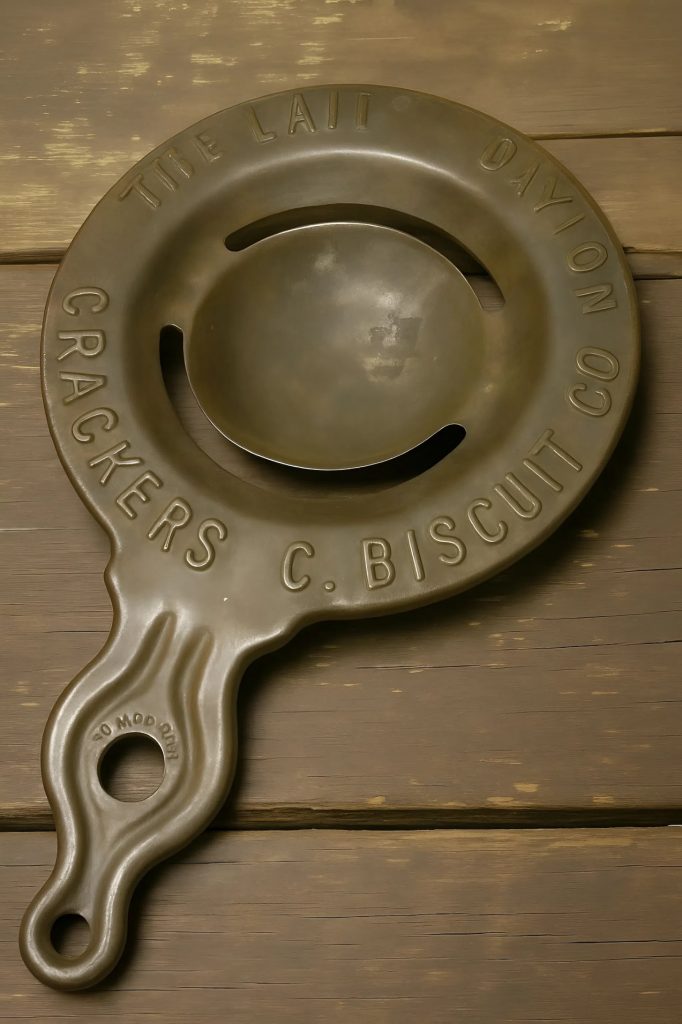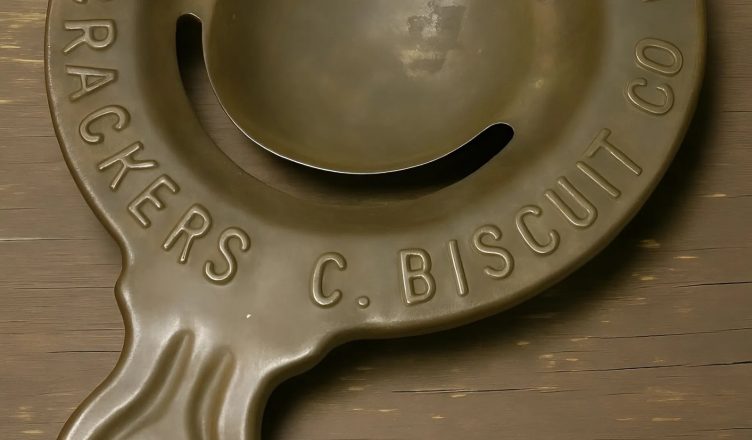Think back to the kitchens of the past: the scent of simmering soup, the warmth of freshly baked bread, the rhythmic sound of hands preparing meals. There was one object that once stood at the heart of every kitchen, a tool so simple yet so essential that life without it seemed unthinkable. Today, however, it has been pushed aside, gathering dust, dismissed as a relic of another era. And yet, this accessory carried out a role so fascinating and unique that its disappearance left a silent void in the art of cooking.
The Hidden Secret of a Simple Object
This forgotten hero is none other than the mortar and pestle. At first glance, it appears unremarkable — a heavy bowl with a sturdy grinding stick. But its power lay in its simplicity. It crushed seeds into flour, transformed herbs into fragrant pastes, and released the healing properties of plants.
It was not just a cooking utensil — it was a bridge between generations. The sound of grinding spices was a part of daily life. In those deep vessels, families prepared remedies for illnesses, mothers made spice blends, and healers crafted their mysterious potions.
Why Was It So Important?
The mortar and pestle offered something no knife or grater could ever replicate.
The full release of aroma. Crushing spices by hand unlocked essential oils and fragrances lost in machine grinding.
Perfect texture. Seeds, nuts, and grains could be turned into smooth, even pastes without lumps.
Medicinal strength. Herbalists relied on it to unleash the healing power of plants, creating powders, ointments, and tinctures.
It is no coincidence that even today, the mortar and pestle remains a symbol on pharmacy signs around the world.
Why Did It Disappear?
The arrival of modern kitchen appliances — coffee grinders, blenders, food processors — changed everything. They worked faster, demanded less effort, and promised efficiency. Convenience triumphed over tradition. Younger generations stopped seeing any need for the mortar. It was reduced to a decorative item, an exotic souvenir on a kitchen shelf.

But something vanished along with it: the ritual of slow preparation. Crushing spices by hand is not just about food; it is about feeling their texture, breathing in their fragrance, and becoming part of the process. It is a sensory experience that connects the cook to the very essence of ingredients.
Why Should We Bring It Back?
Many modern chefs argue that no machine can reproduce the depth of flavor created in a mortar. A pesto made by hand carries richness that a blender simply cannot provide. Curry pastes prepared this way burst with layers of taste. Freshly ground pepper from a mortar has an intensity that electric mills fail to capture.
More than that, it represents a return to mindful cooking. In a world obsessed with speed, the mortar and pestle reminds us that slowness can be a luxury. That taking time to grind, crush, and feel is part of what makes food nourishing not only for the body but also for the soul.
Forgotten or Reborn?
Surprisingly, this ancient tool is making a comeback. Elegant mortars crafted from marble, granite, and wood are reappearing in kitchens. They are no longer seen as useless antiques but as tools for those who want to rediscover authentic taste.
Perhaps it will never regain its once-universal presence. Yet those who dare to try it even once rarely abandon it. The flavors, the aromas, the textures it brings out are unforgettable.
Final Thought
The mortar and pestle once stood in every kitchen. Today, it lies forgotten, replaced by machines. But it carries within it secrets of taste and tradition that technology cannot replace. Dust it off, take it in your hands, and you may be surprised at the world of flavor it awakens.
Sometimes, the simplest tools hold the deepest power.
